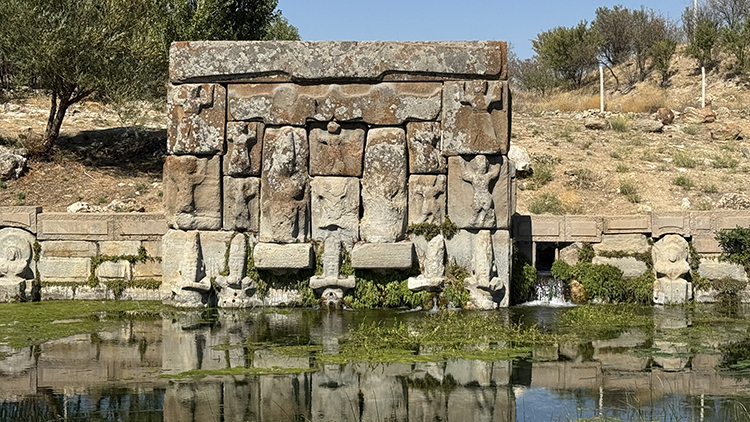
The 3,200-Year-Old Hittite Water Monument Still Flows Despite Drought: Eflatunpınar Defies Time
In the district of Beyşehir in Konya, central Türkiye, the Eflatunpınar Hittite Water Monument, commissioned by King Tuthaliya IV around 1200 BCE, continues to flow after 3,200 years — a striking testament to ancient Anatolian engineering that still resists modern drought. Built directly over a natural spring, the monument combines sophisticated hydraulic planning with deeply
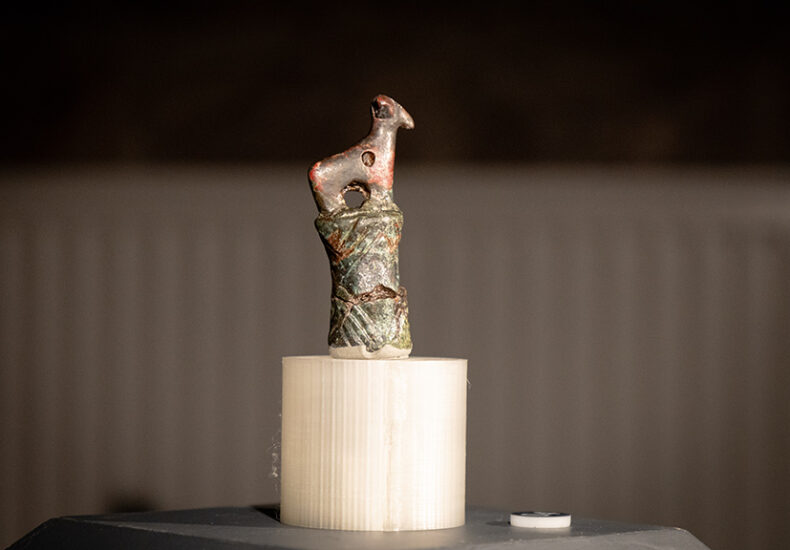
Echoes of the First City-State in Anatolia: Arslantepe’s 5,500-Year-Old Seal Exhibited for the First Time
Listed as a UNESCO World Heritage Site, Arslantepe Mound in eastern Türkiye is once again in the spotlight — this time for two extraordinary artifacts that bridge the dawn of civilization with the modern age. As part of the Culture Route Festival organized by the Ministry of Culture and Tourism, the “102 Artifacts for the
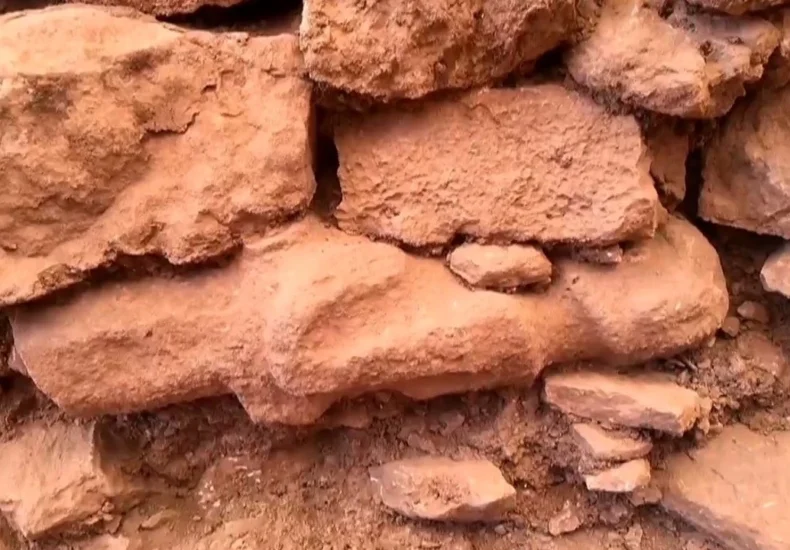
12,000-Year-Old Human Statue Unearthed at Göbekli Tepe
Turkish Minister of Culture and Tourism Mehmet Nuri Ersoy has announced the discovery of a human statue embedded in a wall at Göbekli Tepe, the world’s oldest known temple complex in southeastern Türkiye. The artifact, believed to have been placed as a votive offering, is expected to provide groundbreaking insights into Neolithic rituals and belief
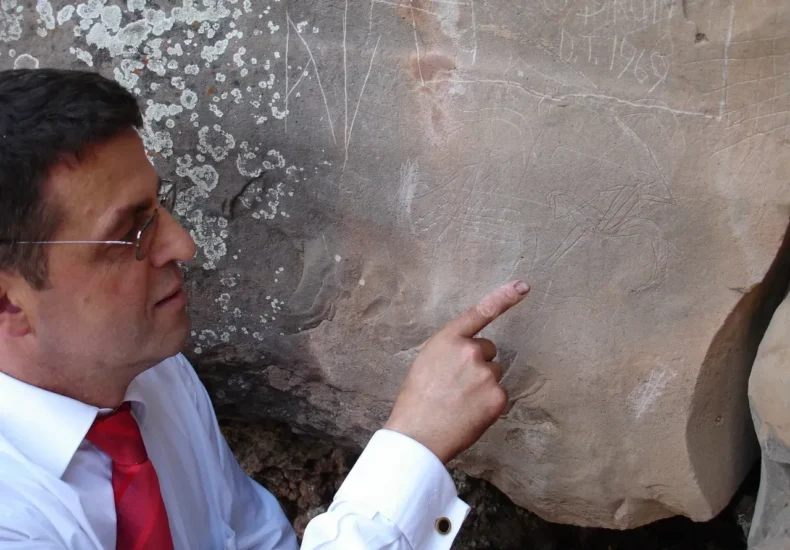
Esatlı Rock Inscriptions Reveal That Turkish Migrations to Anatolia Occurred Earlier Than Previously Thought
Turkish tribes initiated a westward migration wave from the lands known as Central Asia. The Turkish people who migrated westward in two major branches reached Anatolia in one branch, while the other branch moved towards Europe through the Russian steppes. According to official history, the Turks’ adoption of Anatolia as their homeland began with the
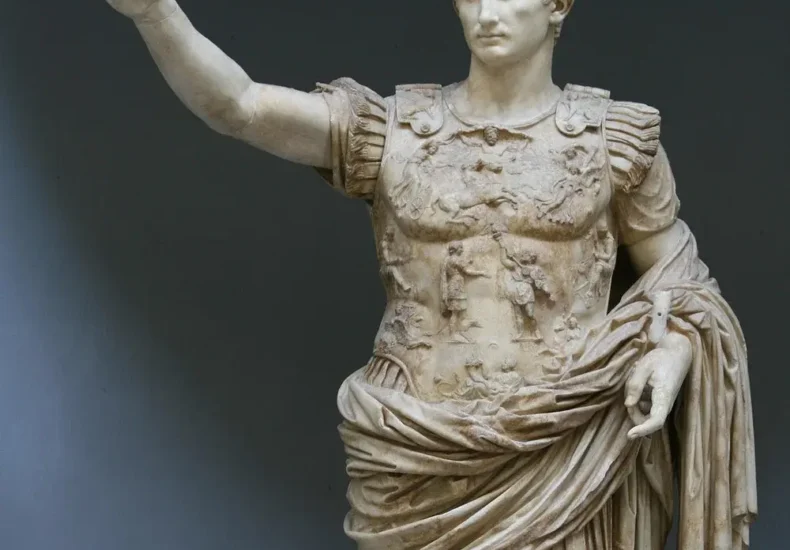
A Pledge of Loyalty in the East of Rome: The Augustus Oath of Anatolia
April 16, 1900… Belgian historian Bishop Franz Cumont of Amasya encountered a stone, a silent witness to history, in the courtyard of an Orthodox Church in Vezirköprü. Cumont’s simple note, “Monday, April 16: Copied an inscription in a Greek Church,” was actually the discovery of a treasure that would illuminate the history of the Roman
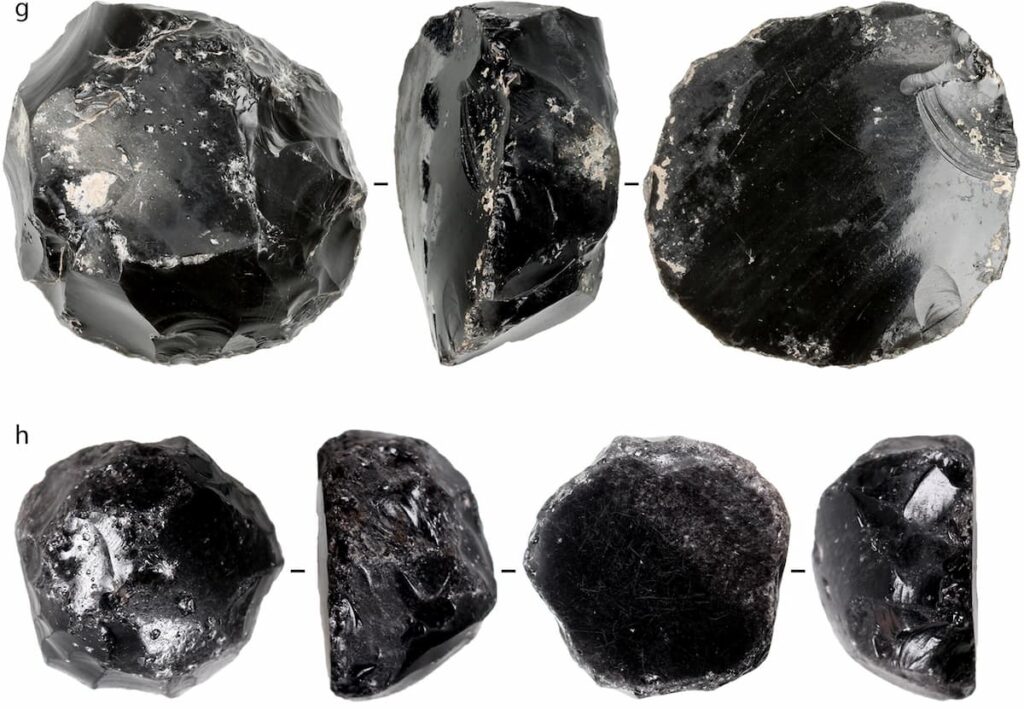
Reflections of Ancient Anatolia: Unraveling the Production Center and Techniques of Obsidian Mirrors at Tepecik Çiftlik
Recent research at Tepecik Çiftlik, a site illuminating the Neolithic period in the heart of Anatolia, is uncovering the mysteries of obsidian mirrors used since the 8th millennium BC. These rare artifacts, distinguished by their elegant circular shapes and captivating reflective surfaces, offer significant insights into the social and ritualistic world of that era, beyond
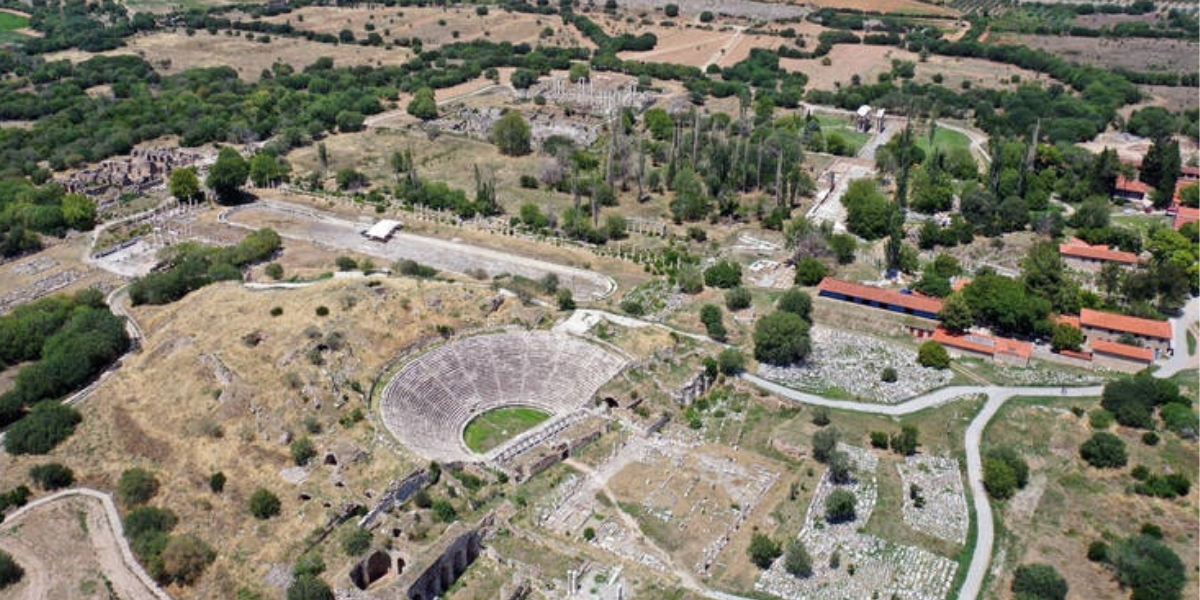
Traces of an Anatolian principalities-era market found in the ancient city of Aphrodisias
In the ancient city of Aphrodisias, dedicated to Aphrodite, the goddess of love and beauty, located in the Karacasu district of the Aydin province of Aydin in southwestern Türkiye, traces of a market dating back to the Anatolian principalities were found. Anatolian Principalities Period It is the period in which Turkmen beys established their sovereignty
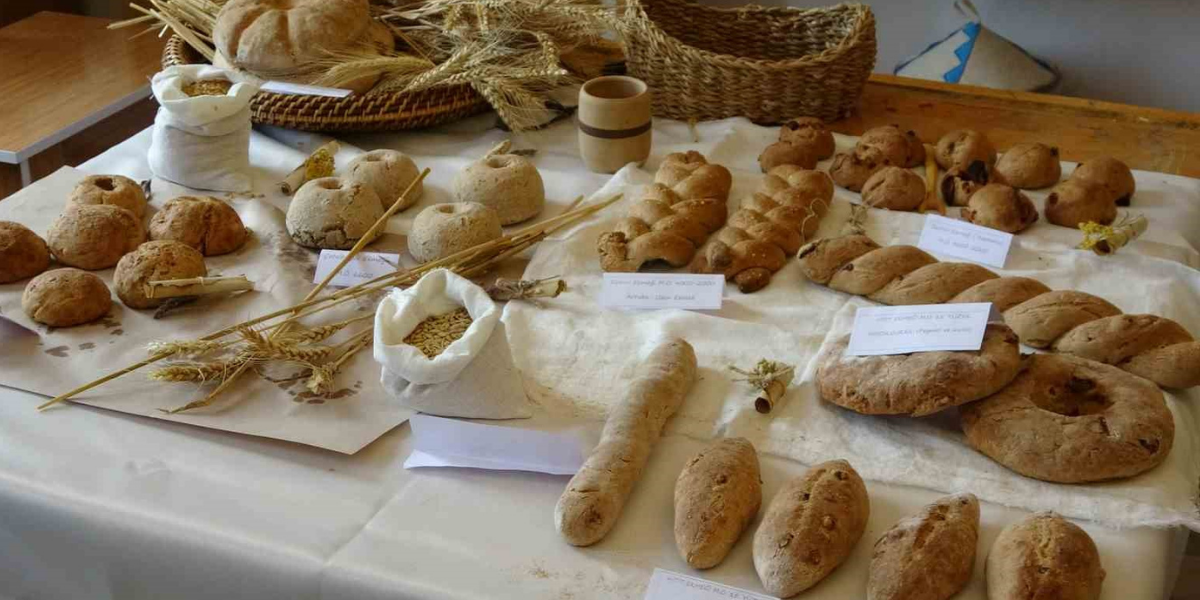
Using 3,500-year-old tablets, bread from the Hittite, Sumerian and Roman periods was baked
Bread is an indispensable food source in every period of history. In Anatolia, home to the transition to settled life, bread is considered both a foodstuff and a sacred food offered to the gods. The Hittites are a Bronze Age civilization that stands out with its bread making and diversity. Hundreds of tablets unearthed in
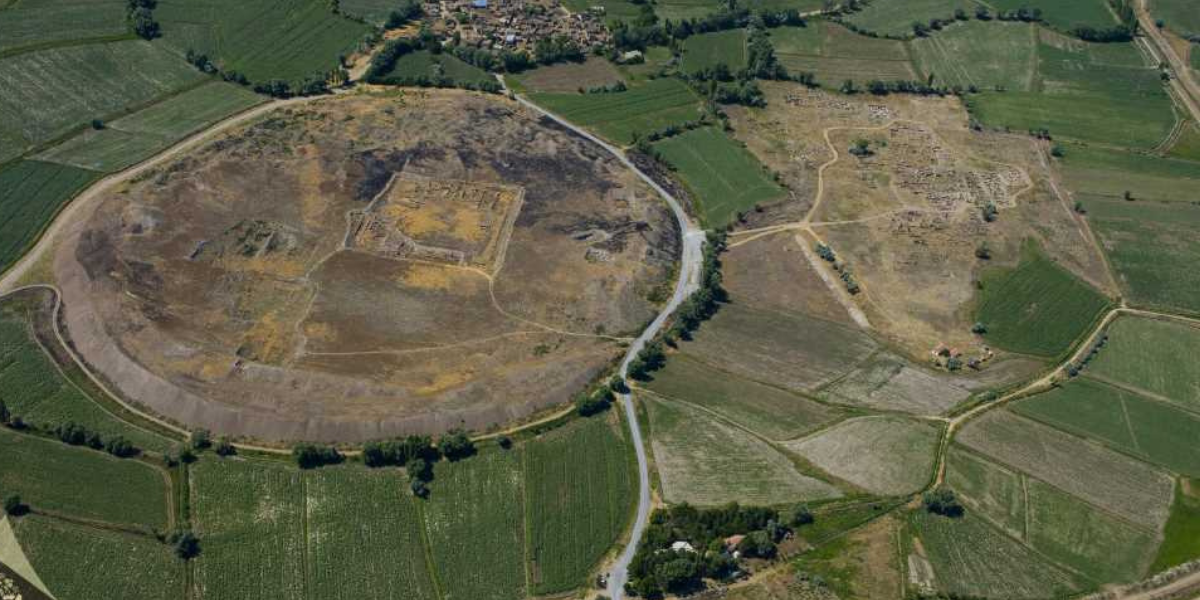
The first company in Anatolia was founded 4000 years ago in Kültepe with 15 kilos of gold
A 4000-year-old tablet found in Kültepe, one of the most important karums of the Assyrian trade colonies, shows that the first company in Anatolia was established in Kültepe. A 4000-year-old tablet found during excavations at Kültepe Karum, administrative center of the ten Karums established by the Assyrians in Anatolia, shows that the first company in
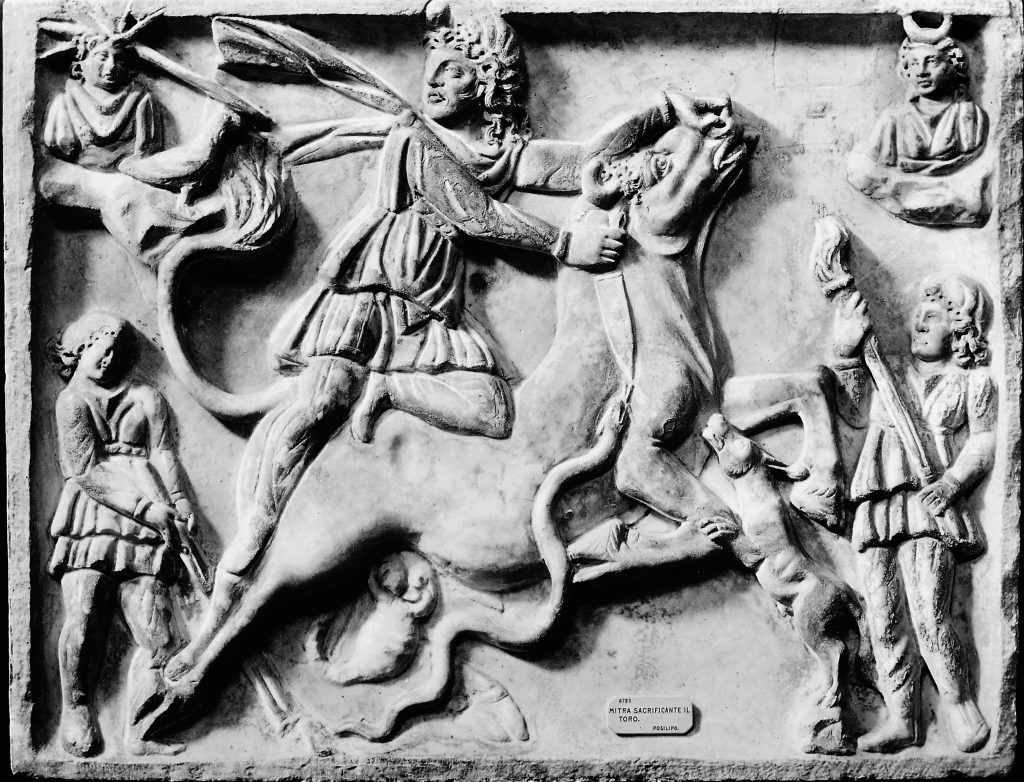
Ancient cities in Anatolia, containing temple ruins of the enigmatic Mithras sun cult
The belief in Mitraism, which emerged in the 2nd century BC and was widespread in the Roman Empire and other regions until the 5th century, has many temples in Anatolia. Mitraism, a Persian religion, is a mysterious cult based on the worship of a sun god named Mithra. The sun god Mithra is the creator
